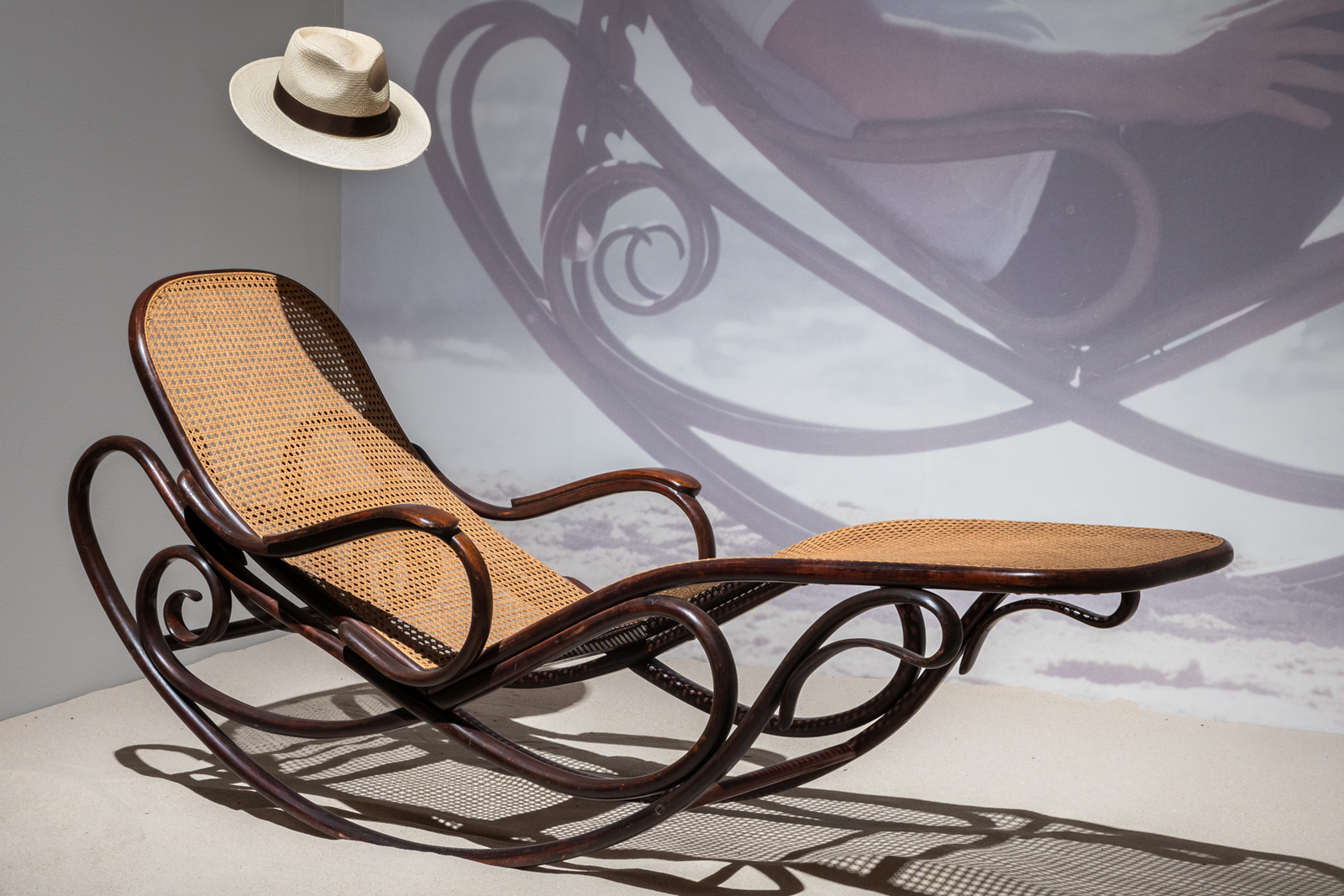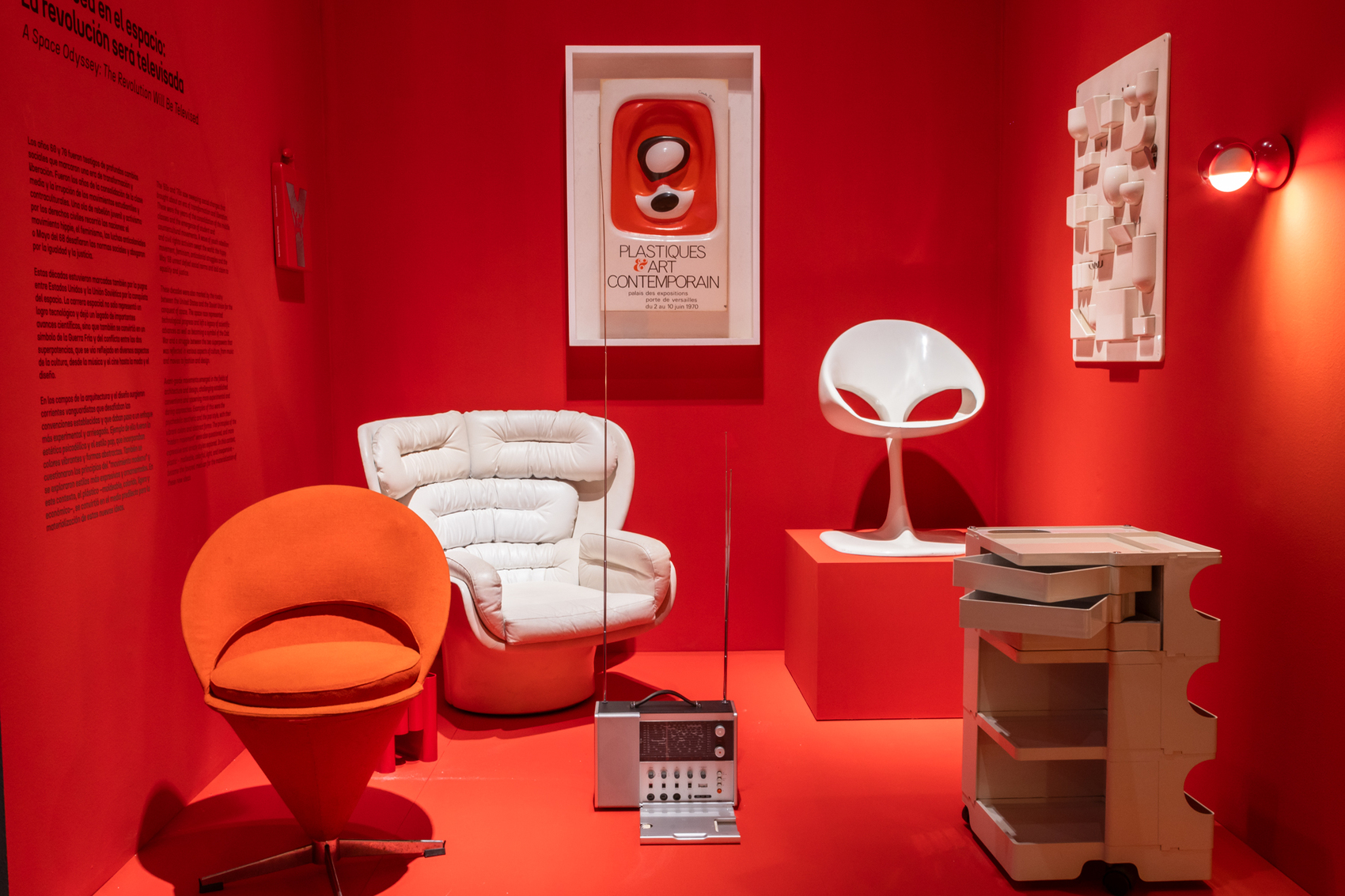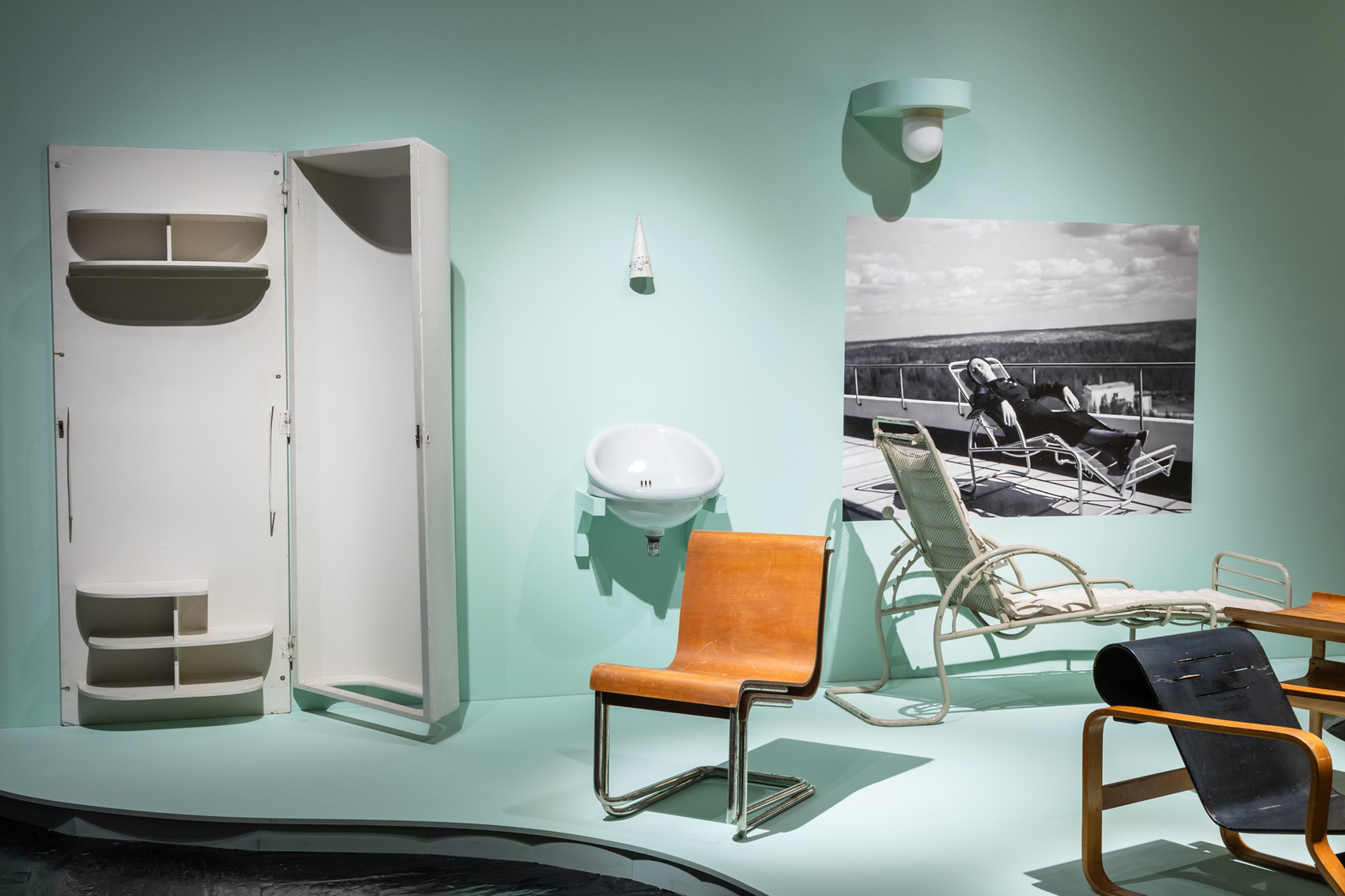A journey into the history of design through chairs
The exhibition 'Chairs. Icons of modern design' brings to Madrid part of the collection of Alexander von Vegesack and draws a journey through the history of industrial design from the nineteenth century to the present day.

As part of the program of the seventh edition of Madrid Design Festival and on display at the Fernán Gómez Centro Cultural de la Villa, the exhibition ‘Chairs. Icons of modern design’ brings together a selection of the most representative pieces from the private collection of Alexander von Vegesack until March 17. This collector is co-founder of the Vitra Design Museum in Germany, a key institution in the world of design that he directed for more than two decades, and also founded Domaine de Boisbuchet in France, an international research center on design and architecture located in the southwest of France that holds workshops, exhibitions and residencies for designers and architects.

Curated by Guillermo Gil Fernández, coordinator of Domaine de Boisbuchet, and Pablo Sevilla, who has also been in charge of the exhibition design, this exhibition takes a tour of pieces that are key to seeing how industrial design has evolved from the 19th century to the present day. The selection represents different periods starting with Thonet’s chairs. The first ones made of bentwood, passing through examples from the beginning of the century, the Bauhaus period, Marcel Breuer’s models, American icons, the Eames chairs, Aalto’s jewels, and the introduction of the organic in the most modern creations.
In the words of Pedro Sevilla, “it provides a lot of information for those who are interested in design and for those who want to discover it because it is an exhibition open to everyone and it is a journey through the history of industrial design, using the chair as the driving force”.

In parallel, the same curators, as an extension of this main exhibition, are behind another satellite show dedicated specifically to the Finnish architects and designers Alvar and Aino Aalto, which can be visited at the Arquia Foundation (on Tutor Street). “The Aaltos are the ones who best represent the union between architecture and design and it has also been a way of opening the Arquia headquarters,” says Pablo Sevilla. Visitors will be able to explore Aalto’s visionary legacy through a careful selection of objects and publications, such as the trolley, the stool or the chaise longue, designed by them and published by Artek. It is an opportunity to learn about the extension and renovation of this historic building from the early 20th century, in late neo-Mudejar style, designed by the architectural firm Tuñón Albornoz Arquitectos.
Editor: Beatriz Fabián
Beatriz is a journalist specialized in offline and online editorial content about design, architecture, interior design, art, gastronomy and lifestyle.